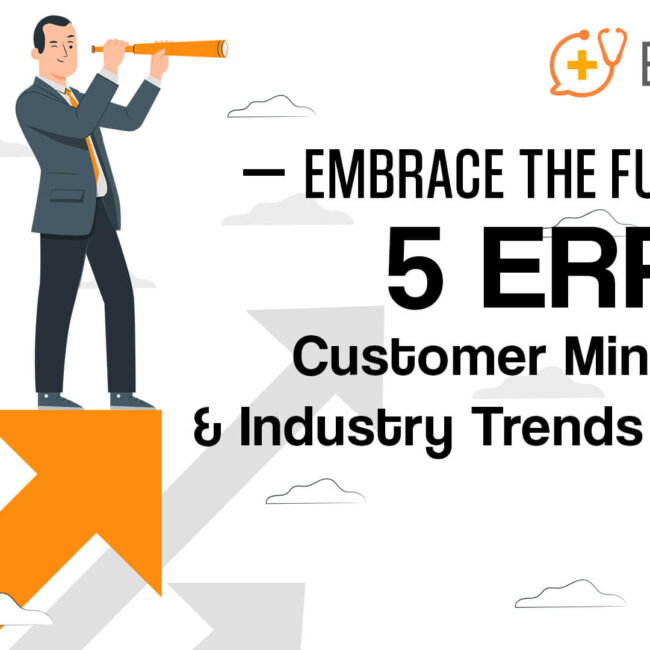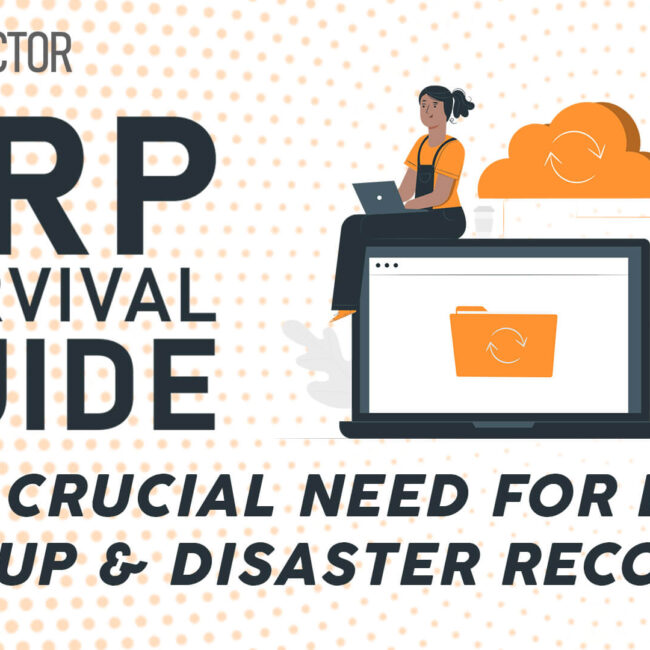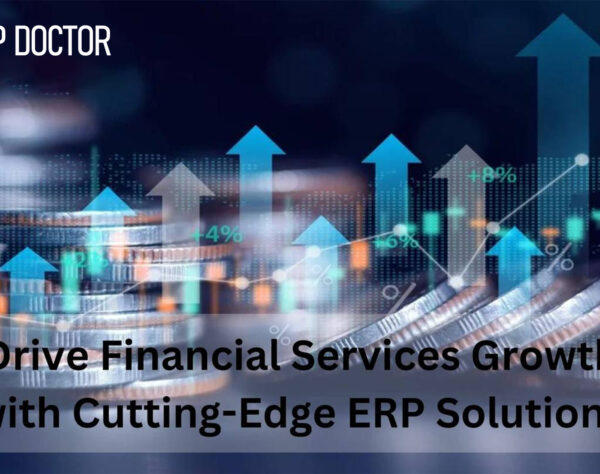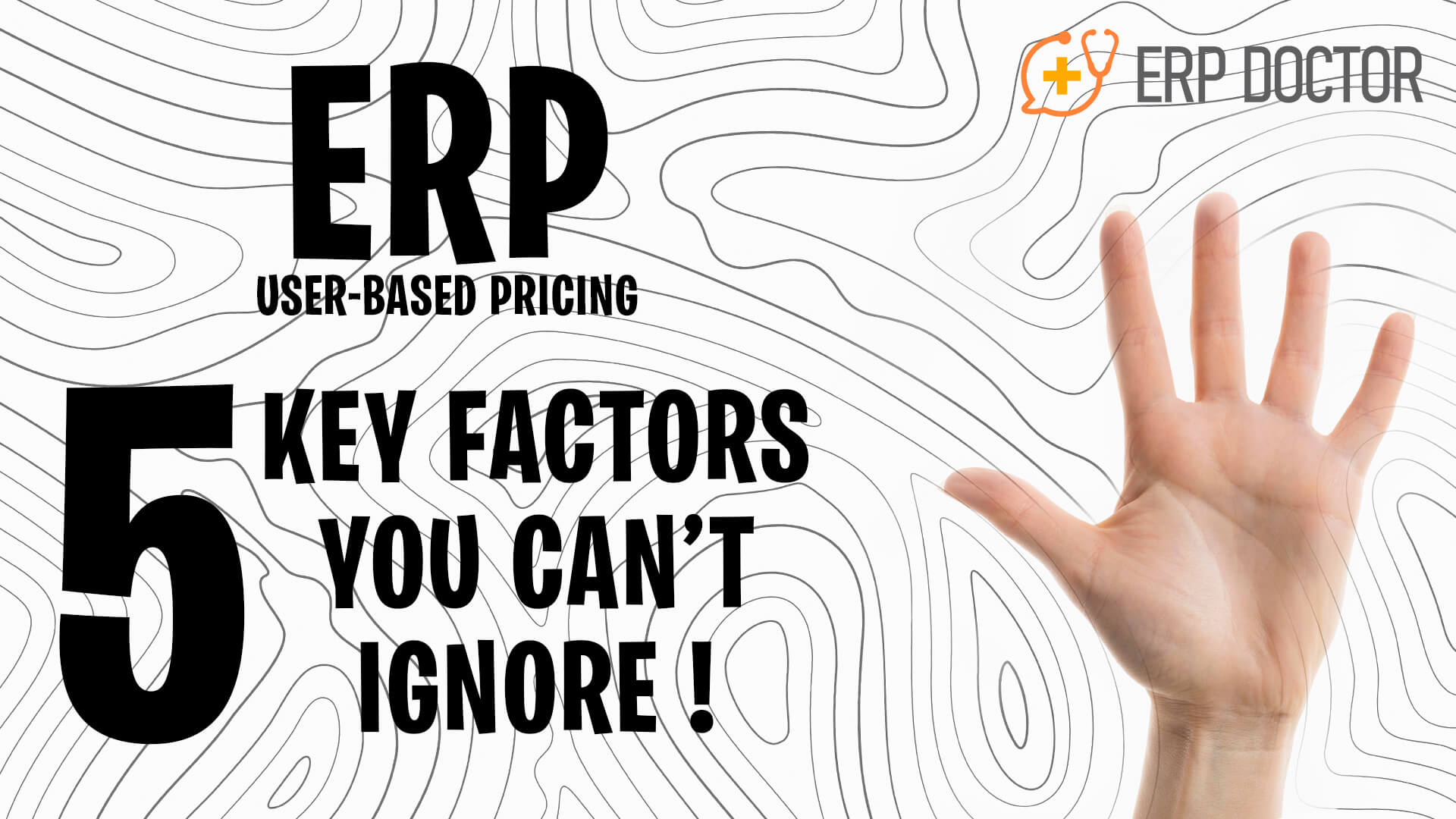
ERP User-based Pricing: 5 Key Factors You Can’t Ignore!
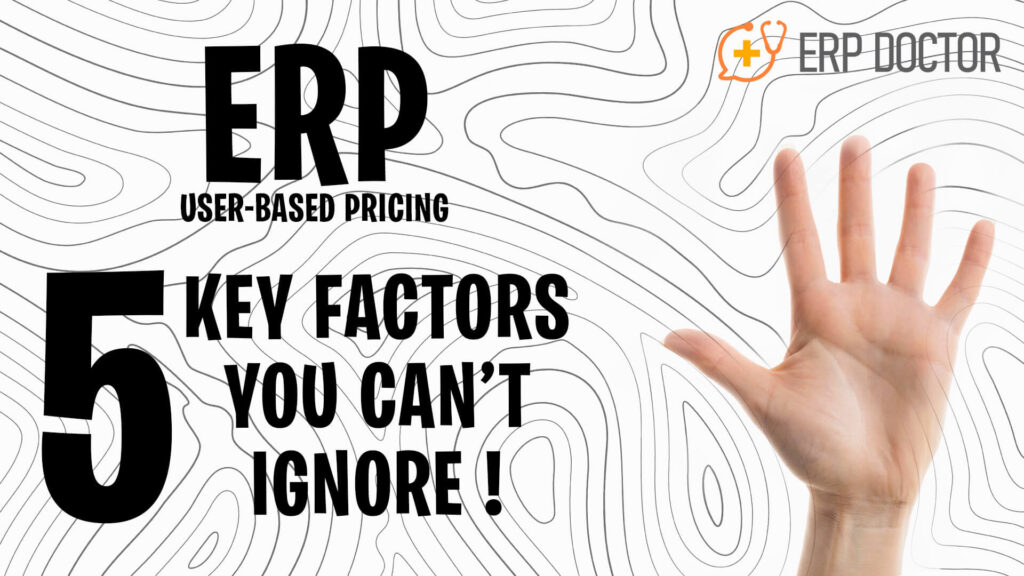
ERP User-Based Licensing: Making Smarter Choices
As businesses continue to embrace the digital transformation, adopting advanced technologies like ERP becomes crucial to stay competitive in today’s fast-paced market. ERP is a game-changing in-memory database management system that empowers enterprises with real-time data processing capabilities and streamlined business operations. However, when implementing ERP, customers need to be well-informed about user-based pricing and licensing to make cost-effective decisions. In this blog post, we’ll explore five essential parameters that ERP customers must consider when it comes to user-based pricing and licensing.
User Types and Access Levels
The first step in understanding ERP user-based pricing and licensing is to identify the different user types and their corresponding access levels. ERP typically offers three primary user categories:
a. Developer Users in ERP:
These users are responsible for developing applications and solutions that interact with ERP.
b. Professional Users in ERP:
These users have full access to all features and functionalities of ERP to support their daily business activities.
c. Limited Users in ERP:
These users have restricted access to specific features and data within ERP, typically used for occasional or light use.
It is essential for businesses to evaluate their specific requirements and allocate the appropriate user types to control licensing costs effectively.
Licensing Models: Named vs. Concurrent
ERP offers two main licensing models for user-based pricing:
a. Named User Licensing of ERP:
In this model, each individual user is assigned a named user license. This means that a license is tied to a specific user, regardless of how frequently they use ERP. This model is ideal for organizations with a stable user base and a predictable number of users.
b. Concurrent User Licensing of ERP:
In contrast, concurrent user licensing allows a specific number of users to access ERP simultaneously. The license is not assigned to individual users but rather to concurrent user sessions. This model is more suitable for organizations where user access fluctuates throughout the day.
Understanding the pros and cons of each licensing model will enable customers to choose the one that aligns best with their operational needs and budget.
Scalability and Flexibility
As businesses grow and evolve, so do their user requirements. When considering ERP user-based pricing and licensing, it’s crucial to assess the scalability and flexibility of the chosen licensing model. Scalable licensing allows organizations to add or remove users easily as their workforce expands or contracts. Additionally, flexible licensing options offer the ability to switch between licensing models when business needs change, ensuring cost optimization at every stage of growth.
Indirect Access Considerations of ERP
Indirect access refers to the access of ERP data by third-party applications or external users, often through interfaces or APIs. It is important for ERP customers to carefully evaluate their indirect access requirements as they can impact licensing costs significantly. ERP offers specific licensing options to accommodate indirect access scenarios, and businesses must ensure compliance to avoid unexpected fees or penalties.
License Audits and Compliance
To maintain a healthy ERP environment, customers must prioritize license compliance. ERP conducts periodic license audits to ensure customers are adhering to the terms and conditions of their licensing agreements. Failing an audit can result in financial penalties and damage to the organization’s reputation. Therefore, implementing robust license management practices and regularly reviewing license usage is essential for a successful ERP deployment.
ERP is a powerful solution that can revolutionize an organization’s data management and decision-making processes. However, when it comes to user-based pricing and licensing, businesses must carefully assess their requirements and make informed decisions to optimize costs and ensure compliance. By considering the parameters mentioned above, ERP customers can embark on their digital transformation journey with confidence, knowing they have chosen the most suitable licensing model for their unique needs.
Embark on an inspiring journey today – Visit our website and discover a world of knowledge, creativity, and endless possibilities! Don’t miss out on exclusive content and exciting updates. Click here to explore and be part of our thriving community!


